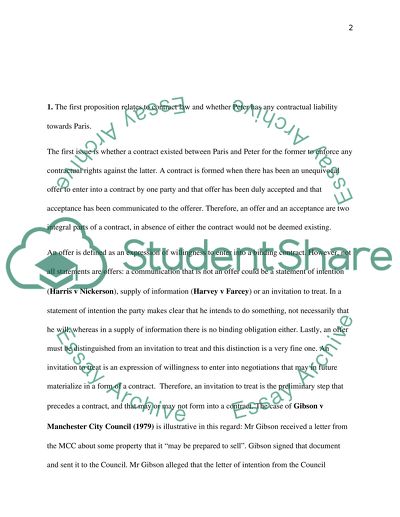Cite this document
(“Business Law Essay Example | Topics and Well Written Essays - 1500 words - 1”, n.d.)
Retrieved from https://studentshare.org/law/1394301-business-law
Retrieved from https://studentshare.org/law/1394301-business-law
(Business Law Essay Example | Topics and Well Written Essays - 1500 Words - 1)
https://studentshare.org/law/1394301-business-law.
https://studentshare.org/law/1394301-business-law.
“Business Law Essay Example | Topics and Well Written Essays - 1500 Words - 1”, n.d. https://studentshare.org/law/1394301-business-law.


